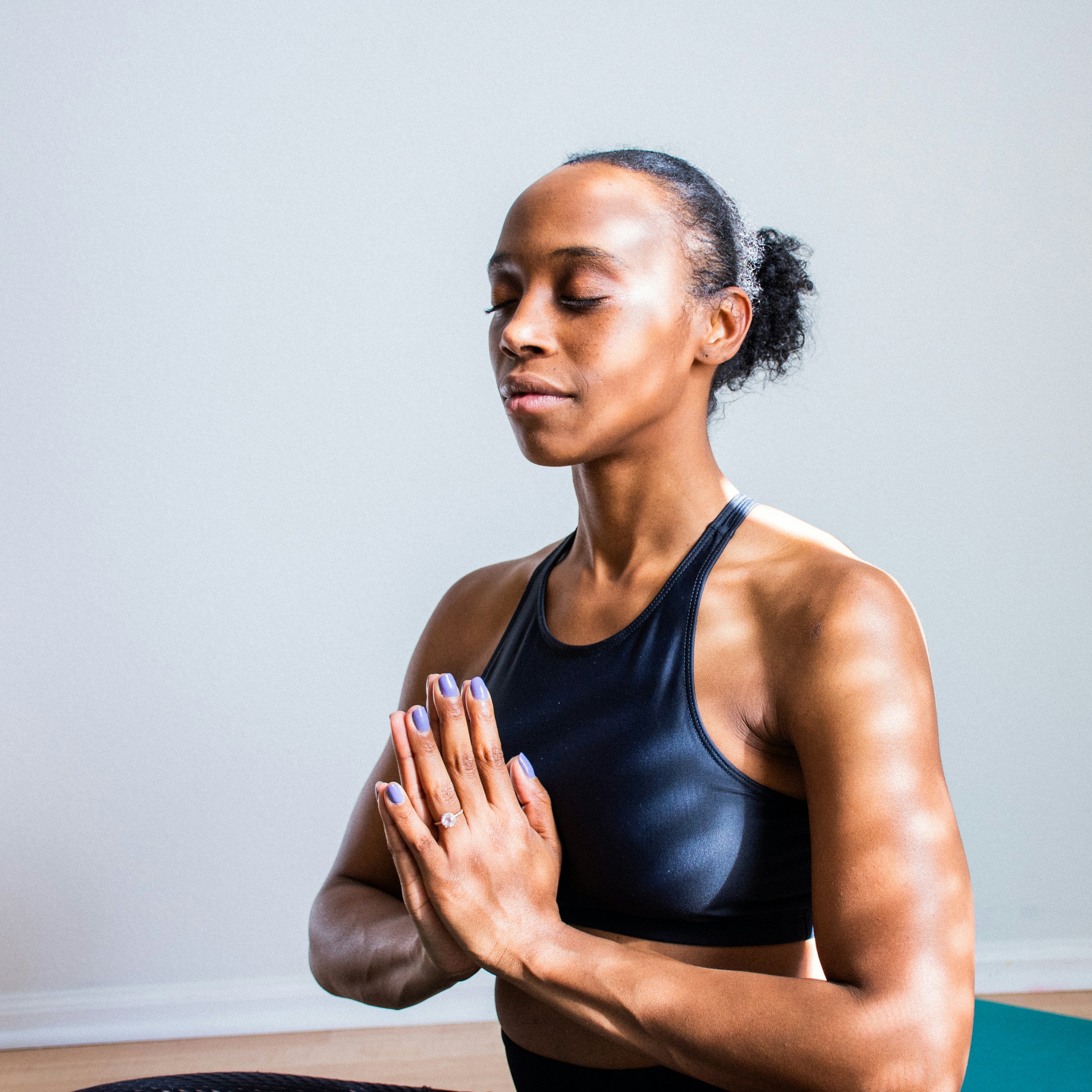What’s the Best Way to Implement Agility Ladders in Youth Basketball Drills?

Basketball is a fast-paced sport that demands speed, agility, and precision from its players. One of the most effective tools for building these skills is the agility ladder. Often overlooked, the ladder can be a game-changer when incorporated into basketball drills. By focusing on footwork and rapid movement, agility ladders train players to move fluidly on the court. They improve the ability to start, stop, and change direction quickly, all while maintaining balance. Let’s explore how to best integrate agility ladders into youth basketball drills.
Why You Should Use Agility Ladders in Basketball Drills
Before we dive into the nuts and bolts of incorporating agility ladders into drills, it’s important to understand why they’re so beneficial. Agility ladders are designed to improve a player’s speed, coordination, and overall agility. They’re particularly useful in basketball training because they focus on footwork, a critical aspect of the sport.
Topic to read : How Can Mindful Breathing Techniques Reduce Pre-Race Anxiety in Sprinters?
Basketball isn’t just about shooting and dribbling. It’s also about moving quickly and effectively around the court, dodging opponents, and swiftly transitioning from offense to defense. An athlete with superior footwork has an incredible advantage. They can outmaneuver their opponents, get into better positions, and make smarter plays.
Agility ladders enable players to practice and perfect their footwork. They force players to step quickly between the rungs, promoting fast feet and high knees. What’s more, they make it easy to monitor and measure progress. As players become more comfortable, they can increase their speed, add more complex movements, or both.
Also to discover : What’s the Impact of Different Grass Types on Ball Control for Soccer Players?
Implementing Agility Ladders with Basic Footwork Drills
For beginners, it’s best to start with basic footwork drills. These introduce players to the agility ladder and help them master fundamental movements. One popular drill is the "one foot in each rung" exercise. This drill requires players to quickly step into and out of each rung, placing one foot in each square before moving on to the next.
Another exercise is the "two feet in each rung" drill. Similar to the previous one, players must place both feet in each rung before moving on. This drill is slightly more challenging as it requires greater coordination and speed.
The "lateral quick step" is another fundamental drill. Instead of moving forward, players step laterally (to the side) through the ladder. This drill improves lateral movement and agility, both of which are critical for dodging opponents on the court.
Remember, the goal is not to complete these drills as quickly as possible, but rather to execute each step with precision and control. Speed will come with time and practice.
Advanced Agility Ladder Drills for Basketball Training
Once players have mastered the basics, they can progress to more advanced drills. These are designed to challenge their footwork and agility even further, helping them become faster, more agile athletes.
One such drill is the "icky shuffle". This drill involves stepping into a rung with one foot, following with the other foot, then stepping out of the rung with the first foot, and repeating the pattern. It’s more complex than the basic drills, requiring greater speed and coordination.
The "in-out" drill is another advanced exercise. Players step into each rung with both feet, then step out to the side with one foot, while keeping the other foot inside. Then they step back in with the outside foot and move on to the next rung. This drill helps improve lateral quickness and foot coordination.
A great way to heighten the challenge is to mix up these drills with basketball-specific movements. For example, players could perform a shooting action at the end of the ladder, or dribble a ball as they navigate the ladder. This not only makes the drills more sport-specific, but it also keeps players engaged and challenged.
Utilizing Agility Ladders for Team Drills
Agility ladders aren’t just for individual training. They can also be used in team drills, promoting competition and camaraderie among players.
One way to incorporate the ladder into team drills is through relay races. Divide the team into groups and have each player complete an agility ladder drill before tagging the next player. This not only helps improve each player’s agility and footwork, but it also encourages teamwork and communication.
Another method is to use the ladder as part of a larger obstacle course. Place it between other training tools, such as cones or hurdles, and have players navigate the course. This can simulate the challenges of a real basketball game, where players must quickly move around the court, dodge opponents, and stay focused on the ball.
Remember, the main objective of these drills is to improve players’ agility and footwork in a fun and engaging way. Keep the atmosphere light and encouraging, and always celebrate progress, no matter how small.
Adapting Agility Ladder Drills for Different Age Groups and Skill Levels
It’s important to keep in mind that not all players are at the same level of physical development or skill. Youth athletes, in particular, vary greatly in their abilities. It’s therefore crucial to adapt agility ladder drills according to the age and skill level of the players.
For younger players or those just starting out, focus on mastering the basic drills. It’s more important for these athletes to learn proper form and technique than to complete complex drills. Make sure they understand each movement before moving on to the next one.
For more advanced players or older athletes, increase the difficulty of the drills. This could mean performing the drills at a faster pace, adding more complex movements, or incorporating a basketball into the drill. Always ensure that the drills are challenging but achievable, fostering a sense of accomplishment and motivation to improve.
No matter what age or skill level, always emphasize the importance of warm-up and cool-down exercises to prevent injuries. Encourage players to listen to their bodies and to take breaks when needed. After all, the goal of agility ladder drills is to improve performance and enjoyment of the sport, not to push players to the point of injury or burnout.
Incorporating Ball Handling in Agility Ladder Drills
An essential aspect of basketball training is ball handling. Agility ladder drills provide the perfect opportunity to integrate this crucial skill into agility training.
Start with simple drills where players must handle the ball while navigating through the ladder. One effective drill involves the player dribbling the ball with their right hand while stepping through the ladder, then switching to their left hand on the way back. This helps improve footwork, ball handling, and body control simultaneously.
Another drill that could be introduced is the "zig-zag dribble". In this drill, players would dribble the ball in a zig-zag pattern around the outside of the ladder, changing direction at each rung. This exercise helps improve the player’s ability to change direction quickly while maintaining control of the ball.
Adding a shooting element to the drills can also be beneficial. For example, players could complete a series of ladder drills then immediately take a shot at the basket. This drill trains the body to quickly transition from speedy footwork to the controlled precision required for shooting.
Incorporating ball handling into agility ladder drills not only enhances the players’ overall agility but also their ability to multitask. It’s an effective way to simulate the dynamic nature of a basketball game, where players must constantly adapt to the changing game circumstances.
The Impact of Regular Agility Ladder Drills on Basketball Performance
Implementing regular agility ladder drills in youth basketball training can have a profound impact on a player’s performance. By improving foot speed, body control, and coordination, these drills provide players with a solid foundation of skills that are critical in basketball.
A player with superior agility can dodge opponents more effectively, making them a formidable force on the court. Their improved footwork enables them to get into better positions, both offensively and defensively. With the ability to start, stop, and change direction quickly, they’re able to respond rapidly to changes in the game.
By incorporating ball handling into ladder drills, players also improve their ability to control the ball under pressure, enhancing their overall performance. High school players, in particular, can significantly benefit from these drills as they prepare for more intense levels of competition.
Moreover, these drills are not just about sports performance. They also promote discipline, focus, and resilience. Players learn to push through challenges, to stay focused on their goals, and to continually strive for improvement. These are valuable life skills that extend beyond the basketball court.
In conclusion, agility ladder drills are an integral part of basketball training. They help improve speed, agility, footwork, and ball handling, all of which are key to success in the sport. Whether you’re a coach, a player, or a parent, it’s worth investing time and effort into these drills. They’re not just about producing better basketball players, but also about developing well-rounded individuals. So grab a ladder, and let’s get started!
